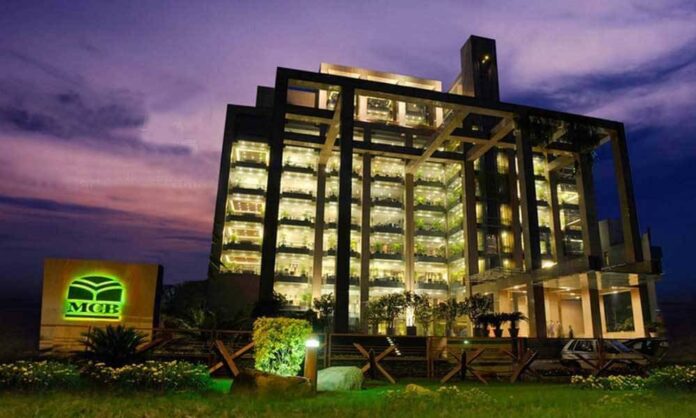LAHORE: The Board of Directors of MCB Bank Limited (MCB) met under the chairmanship of Mian Mohammad Mansha to review the bank’s performance and approve the condensed interim financial statements for the nine months period ended September 30, 2020.
In compliance with SBP’s instructions, the bank has not declared dividend for the thirdquarter ended September 30, 2020.
During the nine months ended September 30, 2020, MCB achieved significant financial growth by focusing on its operational resilience and continuity planning to successfully navigate through the downside risks posed to operating and economic outlook by the ongoing Covid-19 outbreak while concurrently playing a central role in supporting governments’ key pandemic responses for credit extension and provision of essential banking services to the general public.
With strong build up in core earnings, MCB’s profit after tax (PAT) for the nine months period ended September 30, 2020, posted an year-on-year growth of 41pc to reach Rs22.94 billion; translating into an earning per share (EPS) of Rs19.35 against an EPS of Rs13.74 posted in the corresponding period of 2019.
Sizeable growth in current deposits, timely shift in maturity profiling of investments and favorable re-pricing lag enabled the Bank to increase its net interest income by 29pc to Rs55.35 billion.
Fee income for 9M’20 was reported less by 4pc over the same period last year, primarily due to lower transaction volumes and business activities induced by the lockdowns; however, with their lifting, fee income is normalizing, growing by 25pc over the previous quarter in 3Q’20.
Amidst evolving yield curve expectations, proactive duration management of the investments portfolio resulted in capital gains of Rs2.80 billion during the period under review. Hence, the total non-markup income posted a robust growth of 18pc to reach Rs13.56 billion.
On the operating expenses side (excluding pension fund reversal), despite sustained inflationary pressures, expansion in branch outreach and continued investment in technological infrastructure together with regular performance and merit adjustments for the human capital, the bank’s strategic focus of balancing short term tactical cost reductions with long term cost initiatives has assisted in containing growth in administrative expenses; in turn registering a decline of Rs292 million during the period under review.
In anticipation that customers affected by the pandemic might require provisioning once SBP’s relaxations and waivers expire in 2021, the management has exercised prudence and booked a general provision of Rs5.30 billion during the period under review, hence providing insulation and loss absorption capacity against emerging risks to asset quality.
With respect to equity investments, ensuing volatility in the stock market amidst rising systematic risks and realization of other idiosyncratic factors led to the recognition of an impairment charge of Rs1.74 billion.
On the financial position side, the total asset base of the bank on an unconsolidated basis was reported at Rs1.67 trillion depicting an increase of 11pc over December 2019. Analysis of the asset mix highlights that net investments increased by Rs216 billion (29pc) whereas due to subdued domestic demand gross advances decreased by Rs46 billion (-9pc) over December 2019.
The non-performing loan (NPLs) base of the bank recorded an increase of Rs784 million and was reported at Rs50.21 billion. The increase was primarily on account of currency devaluation impact of foreign currency denominated NPLs with no significant accretion in the number of cases.
On the liabilities side, the deposit base of the bank registered an unprecedented increase of Rs130.11 billion, +11pc over December 2019, with over 43pc growth contributed by current accounts, improving the current account mix to 37.7pc and CASA ratio to 93.2pc.
Return on Assets and Return on Equity improved to 1.92pc and 20.35pc respectively, whereas book value per share was reported at Rs131.08.
While complying with the regulatory capital requirements, the bank’s total Capital Adequacy Ratio (CAR) is 21.84pc against the requirement of 11.50pc (including capital conservation buffer of 1.50pc as reduced under the BPRD Circular Letter No. 12 of 2020). Quality of the capital is evident from bank’s Common Equity Tier-1 (CET1) to total risk-weighted assets ratio which comes to 17.20pc against the requirement of 6.00pc.
The bank enjoys the highest local credit ratings of AAA / A1+ categories for the long term and short term respectively, based on PACRA notification dated June 26, 2020.
























